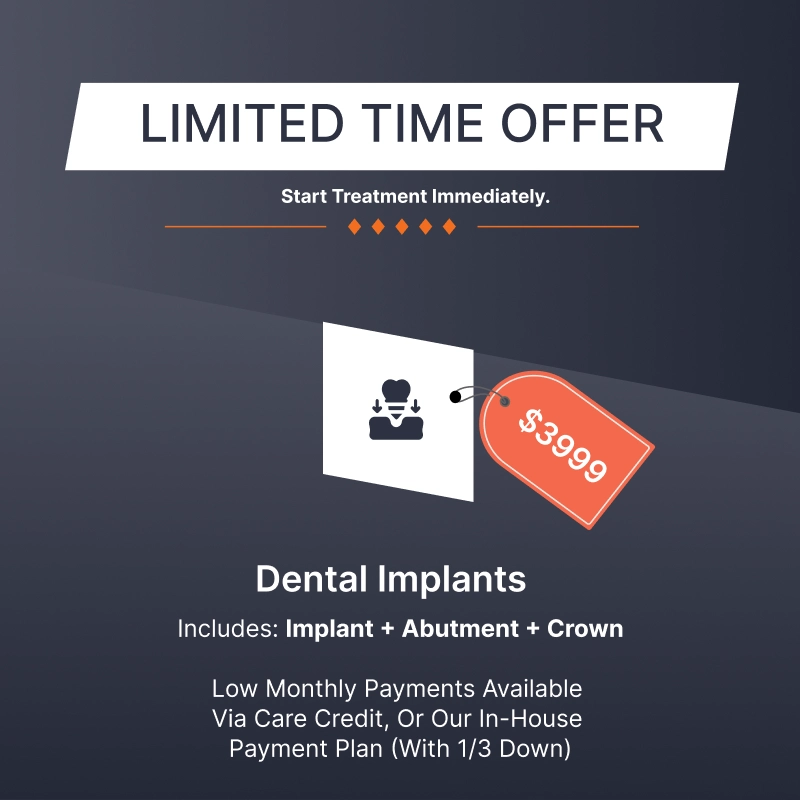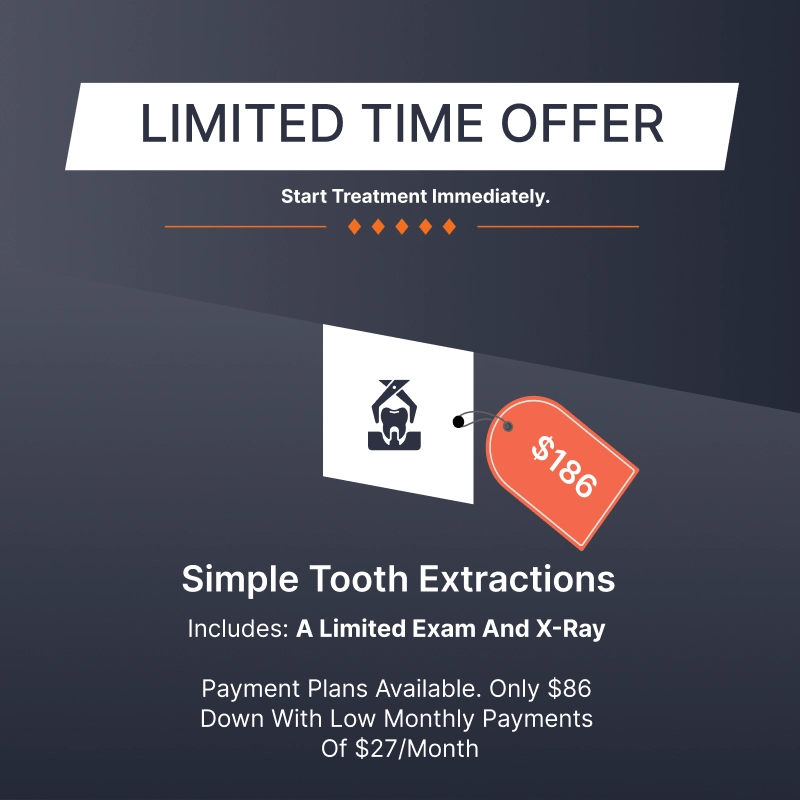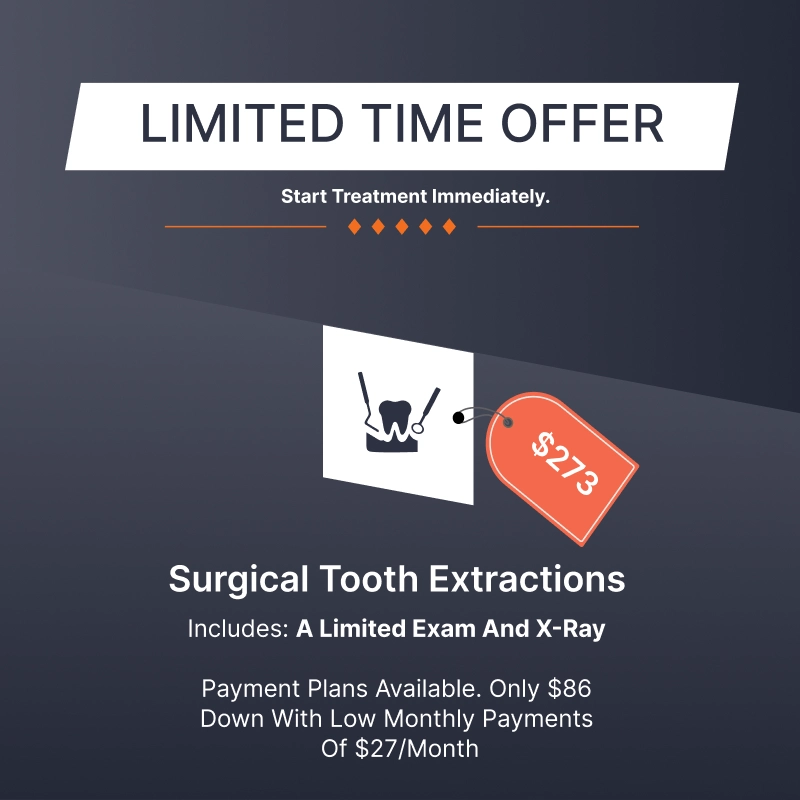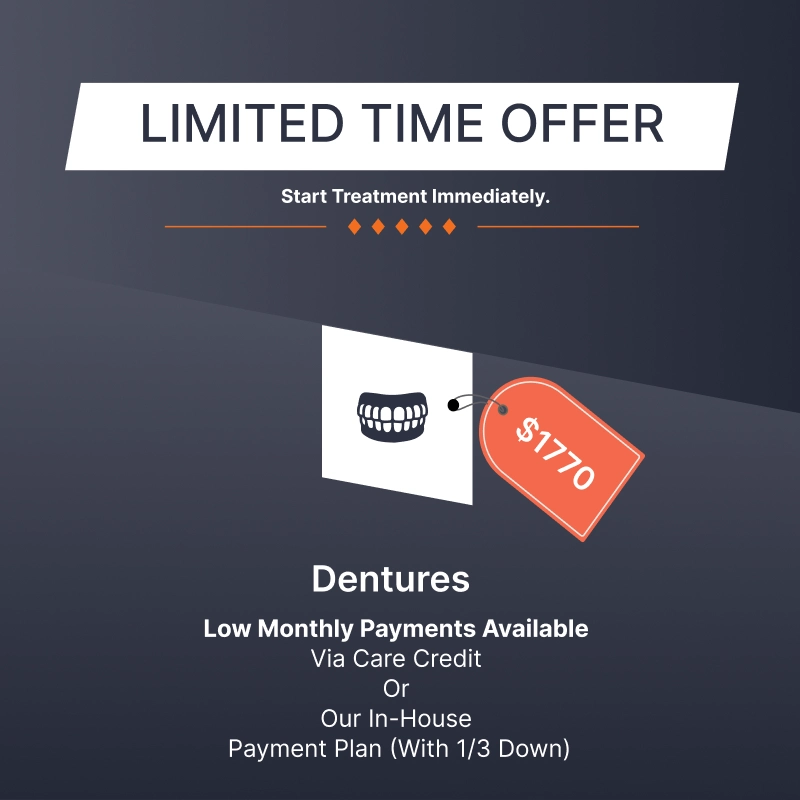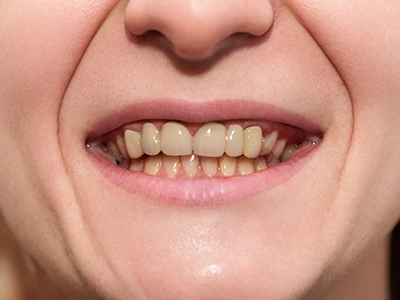The natural color of your teeth should closely match the color of your eyes. Unfortunately, for most people, this isn’t the case. Tooth discoloration is common and is one of the reasons why the cosmetic dental industry is so popular.
Legacy Dental offers tooth bleaching, which is designed to remove a variety of types of tooth stains, improving the appearance of your smile.
While enamel is the hardest part of the tooth, it comes into contact with everything that goes into your mouth. Over time, it will absorb the colors of the foods/beverages that you consume.
Extrinsic stains are the easiest to remove because they remain on the surface.
As you age, your body goes through a variety of changes- including changes to your teeth such as:
- Thinning enamel
- Darkening dentin
The combination of these two changes causes teeth to become discolored. This cannot be prevented, no matter how vigilant you are with your oral care habits. Still, these stains can be treated with the same treatments you might use for intrinsic staining.
There are several ways that you can remove teeth stains at home. However, remember that for intrinsic and age-related discoloration, professional whitening may be more effective.
In addition to the above, there are some things you can do at home to treat wisdom teeth infection after removal:
Most whitening toothpastes contain hydrogen or carbamide peroxide. However, the levels are low, and it usually takes some time for them to work. You can use whitening toothpaste in conjunction with other methods, including professional whitening to increase the effectiveness of the treatments and make the results last longer.
Whitening gels and strips are available over the counter at your local pharmacy or through your dentist’s office. Typically, the gels are used with trays and the strips are pieces of plastic with gel already applied. Professional kits usually have custom-fitted trays, while OTC kits are typically a one-size-fits-most.
Baking soda offers a variety of benefits for your oral health, including teeth whitening. The key is to buy oral health products containing baking soda. According to experts, baking soda is less abrasive than many other tooth whitening ingredients, plus it is more effective at removing stains than other types of toothpaste. Make sure that you choose a toothpaste that also contains fluoride and use it twice daily.
Hydrogen peroxide is a natural bleaching agent that can be used to remove tooth stains but may cause gums to become inflamed and increase tooth sensitivity. Peroxide is typically safe when found in products such as toothpaste or mouthwash but pay attention to the concentration. Avoid using pure hydrogen peroxide from your medicine cabinet.
Some research indicates that activated charcoal is an effective way to remove extrinsic stains. This is a common ingredient in some whitening toothpaste but can also be found as a standalone powder. Many people believe this to be an effective way to whiten teeth, but there is some research that indicates this may actually harm teeth by thinning the enamel.
There are certain fruits that are believed to help with whitening teeth. Two of them are papayas, which contain papain, and pineapple, which contains bromelain. One study in 2020 revealed that tooth-whitening gels containing these enzymes have clinical potential, but more research is needed to determine their effectiveness. According to the American Dental Association, you should not rub the fruit on your teeth, as the acid could actually cause the stains to darken.
Research shows that the best, most long-lasting tooth whitening results comes from professional whitening. Legacy Dental in Salt Lake City, Utah offers tooth bleaching, which offers several benefits:
- Non-invasive
- Affordable
- Non-destructive
- Improves confidence
- Youthful appearance
Schedule your teeth whitening consultation with our team today. We will evaluate the color of your teeth and show you what you can expect from treatment. While not permanent, with proper care and maintenance, results should last for a long time.
Unfortunately, since this is classified as a cosmetic procedure, most dental insurance plans will not cover treatment. The good news is that there are financing options that can make treatment more budget-friendly.
After tooth whitening at Legacy Dental, there are some things you can do to prevent stains from returning. The first thing you must do is to check your genetic predisposition to tooth staining. Then, consider the following lifestyle and diet habits:
- Reduce tobacco use
- Reduce foods/beverages known to cause staining such as sodas, red wine, pasta sauce,
- Brush and floss regularly, as directed by your dentist
- Eat foods that are high in vitamins and minerals

